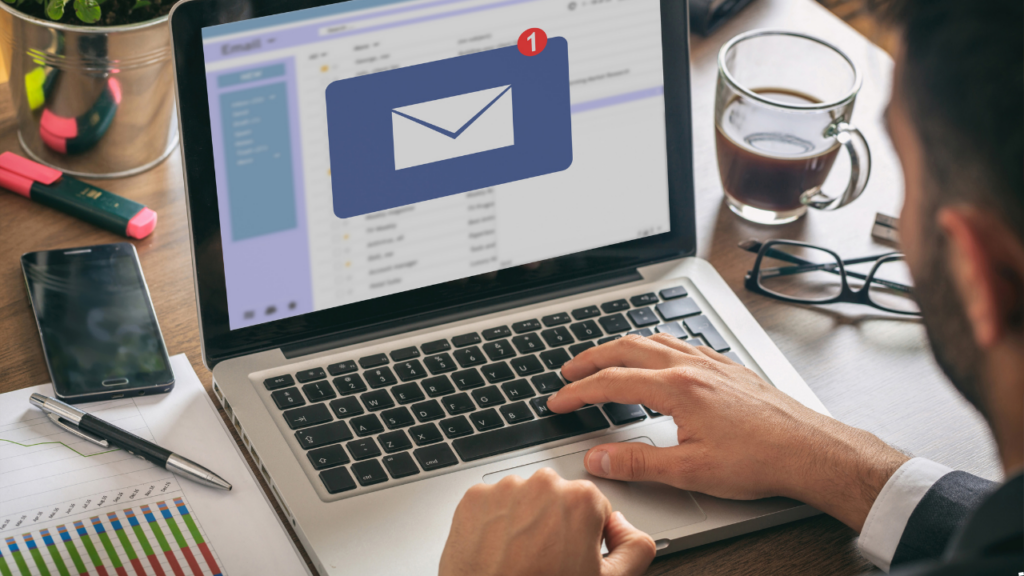In the world of B2B sales and cold prospecting, crafting follow-up emails that get replies is a critical skill. Whether you’re navigating the sales funnel stages, reaching out through LinkedIn Sales Navigator, or building your email marketing lists, effective follow-up emails can make or break your outreach efforts. But don’t worry—this guide will provide you with a step-by-step approach to writing follow-up emails that resonate with your audience, encourage engagement, and ultimately drive results.
1. The Art of Timing
| Best Practices | Details |
|---|---|
| Don't Overdo It | Avoid bombarding recipients with emails to prevent annoying them. |
| Initial Follow-Up | Send the first follow-up 5-7 business days after the first email. |
| Subsequent Follow-Ups | Increase the interval gradually; wait at least a week before sending another. |
| Consider Their Time Zone | Send emails during their working hours to maximize engagement. |
| Limit Your Follow-Ups | Stick to three follow-ups to avoid appearing spammy. |
2. Craft Compelling Content
| Key Elements | Best Practices |
|---|---|
| Concise and Clear | Keep your message short and avoid jargon. |
| Personalize | Address the recipient by name and reference relevant details. |
| Add Value | Offer useful content like an article, resource, or insight. |
| Clear Call to Action | Specify what action you want the recipient to take. |
Whether you’re reaching out through LinkedIn Sales Navigator, building an email marketing list, or navigating the stages of a sales funnel, personalization and clarity are critical
3. Example Follow-Up Email Templates
1. Follow-up Email Example After No Response
Subject: Still Curious About [Value Proposition]?
Hi {{firstName}},
Not sure if you’ve seen my last email, but I’m going to make this one super quick in order to not waste your time.
I’m 100% confident that the collaboration between {{companyName}} and [YOUR COMPANY] is a match made in heaven.
Here’s why: {{strong Argument}}
Plus, all indicators suggest that once we release it, it’s going to be a major hit, and it will bring us a lot of attention.
Let me know {{firstName}}, as I’m super interested to hear your thoughts.
Stay safe, {{Signature}}
2. Follow-up Email Example After No Response
Subject: Just Checking In
Hey {{firstName}},
Apologies for bombarding your inbox like this.
It seems like you’re not the right person to talk to about {{Topic}}.
Is there any chance you could let me know who’s in charge of this?
Thanks in advance!
{{Signature}}
3. Follow-up Email Example After No Response
Subject: Should I Close the Loop?
Hi [Recipient’s Name],
I wanted to reach out one last time to see if there’s still interest in connecting. If now isn’t the right time, I completely understand, and I’m happy to revisit this conversation in the future.
If you’d like to chat, you can easily book a time here: [Insert Link]
Wishing you continued success!
Best regards, [Your Name]
These templates are versatile, whether you’re working within a B2B development strategy or navigating the complexities of a sales cycle.
4. Track Your Results
| Tracking Method | Purpose |
|---|---|
| CRM or Email Tracking Tool | Monitor open rates, click-through rates, and replies. |
| Analyze Results | Identify patterns and adjust your approach accordingly. |
| Continuous Improvement | Experiment and refine your strategies for better engagement. |
Using tools like Sales Navigator or CRM platforms can streamline your efforts to generate B2B leads and improve your prospecting success.
Key Takeaways:
- Timing is crucial: Space out your emails and consider the recipient’s time zone.
- Focus on value: Offer something of interest or relevance to the recipient.
- Personalization is key: Tailor each email to the specific recipient.
- Limit Follow-Ups: Stick to a maximum of three follow-ups to avoid coming across as spammy.
- Track your results: Monitor your campaigns and make adjustments based on your data.
By following these tips, you can craft effective follow-up emails that increase your chances of getting a response and building stronger relationships with your contacts.
Whether you’re working on B2B sales, targeting business leads, or refining your cold prospecting approach, this guide provides a roadmap to success.
Disclaimer: This blog post provides general guidance. The effectiveness of follow-up emails may vary depending on the context and the specific relationship.




